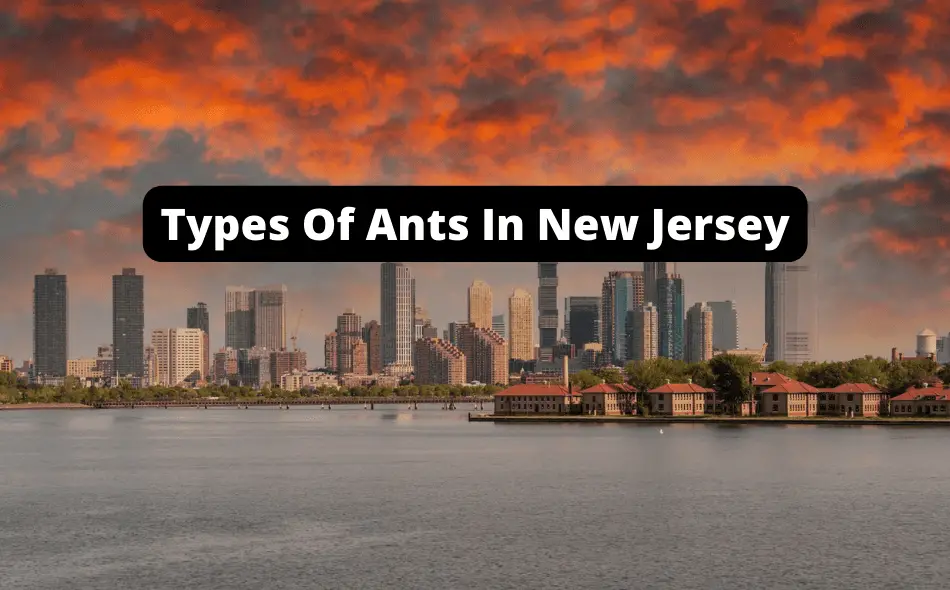While New Jersey is known for its bustling cities like Newark and Atlantic City, its beautiful beaches along the Jersey Shore, and its rich history as one of the original thirteen colonies, we must mention the state’s famous diners. New Jersey is home to over 600 diners, more than any other state in the country!
These diners are not just places to grab a quick bite to eat but are often cultural landmarks and gathering places for locals.
Whether you’re in the mood for a classic diner breakfast or a hearty sandwich, you’re sure to find what you’re looking for at one of New Jersey’s many diners.
While diners are nice, we can’t forget the cool ants that are in New Jersey.
These ants listed below would be perfect to start your ant-keeping journey, as they’re well-adjusted to New Jersey’s humidity, water, and temperature!
Types Of Ants In New Jersey
There are tons of ants in the cold state of New Jersey; these include Acrobat Ants, Carpenter Ants, Little Black Ants, Odorous House Ants, Pavement Ants, Pharaoh Ants, Thief Ants, and Yellow Ants.
Acrobat Ant
Due to the adaptable way, a worker pulls its belly (gaster) out over the whole frame; these species are called acrobat ants.
The term acrobat ant refers to the ant Market growth-driven ashmeadi (Emery). The average length of acrobat ants ranges from 2.6 to 3.2 mm and is considered small-medium.
Their bodies are glossy and range from pale red or brown to black.
An acrobat ant’s most distinctive feature is its heart-shaped gaster, raised across its thorax when threatened. Coastal pine woods often include an ant nest within every tree in the cavities created by cossid moth caterpillars and pine beetles.

A colony of acrobat ants lives within every tree, fiercely protecting their territory. However, an extensive colony may extend to 2 or 3 pine trees if two or more trees are nearby. The term acrobat ant refers to the Crematogaster ashmeadi.
There are around ten kinds of Crematogaster throughout the southern United States, with Crematogaster ashmeadi being the most prevalent species.
Due to their incredible ability to raise their belly (gaster) over their entire thorax, these species are called acrobat ants for these fantastic acrobats.
The average length of acrobat ants ranges from 2.6 to 3.2 mm, and is considered tiny to medium size ant.
Their glossy spines range in hue from pale red to brown and black.
However, an acrobat ant’s most distinctive feature is the heart-shaped gaster, raised above its thorax when threatened. These ants love to harbor inside trees and crawl all over wires.
One of the easiest ways to spot these ants is by inspecting wires, looking for their waste.
A standard nest may extend over three pine trees if two or more trees are nearby. A colony of acrobat ants lives in each pine, fiercely protecting their territory.
Carpenter Ant
Carpenter ants got their name because they dig wood to make their nests, creating neat tunnels within the wood.
These ants will only chew and burrow through the wood to build nests; Interestingly, they do not consume wood.
Carpenter ants’ length ranges from 12 to 25 mm, depending on the species.
Carpenter ants that are black are frequent pests, but these insects can also be all-black, all-red, or all-brown.
When mature, the black western carpenter ants colony has ten to twenty thousand workers.


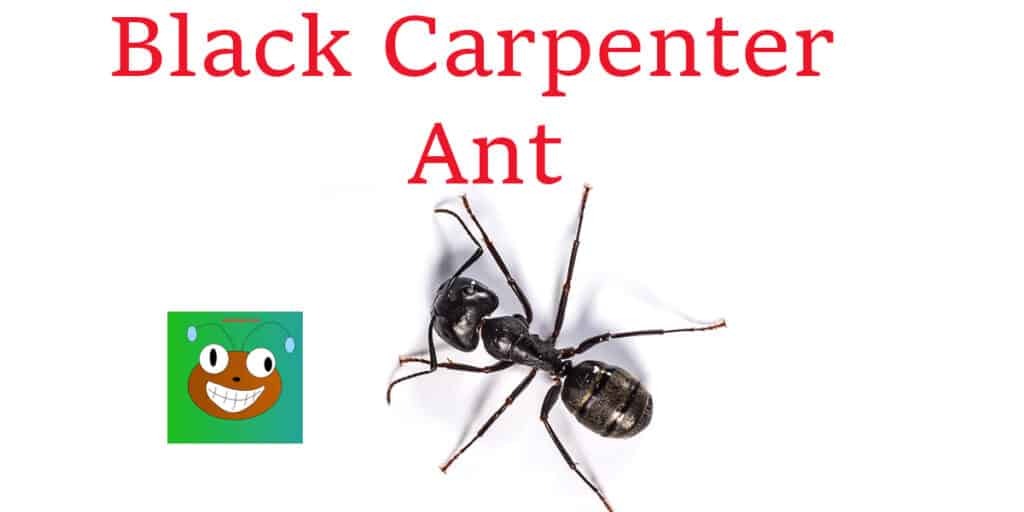
Incredibly, some big colonies have more than fifty thousand ants.
In most territories, there is only one active, wingless Queen. The colony must be older than two years before the production of swarmers takes place (potential new queens).
Instead, swarmers are produced the year before and kept in the nest during winter in preparation for the ensuing years’ dispersal.
In the east of the US, swarmers arrive from May through August, whereas in the west, they appear from February till June.
Little Black Ant
The little black ant is native to North America.
Known for their lustrous black hue, the workers are 1 – 2 mm long, and the Queen is 4 – 5 mm in size.
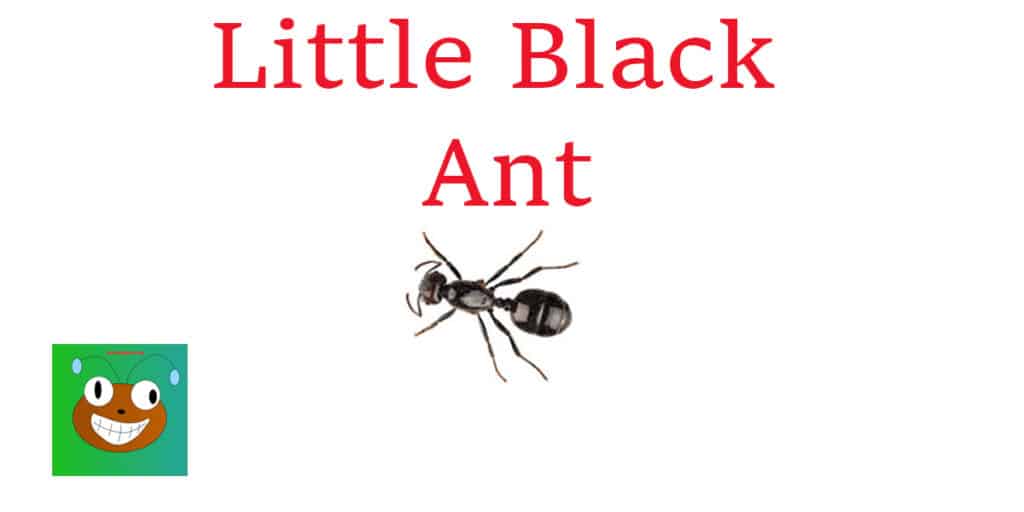
A colony may have more than one Queen because it’s a polygynous species.
A nest typically has a few hundred workers, a modest size.
These scavengers, known as Monomorium minimum, can eat anything, including dead insects and bird droppings.
Some of their favorite insects to eat are fall webworm larvae and codling moth caterpillars.
Additionally, they tend to collect honeydew insects like the soybean aphid. Although they prefer to nest on earth mounds, they may scan for other homes with ease of access.
Queens and males execute the nuptial flight, bonding in midair, mostly in summertime.
The males pass away soon after. Every Queen builds a new nest, removes her wings, then lays eggs.
Since this colony is polygynous, expect more queens shortly after. It takes around a month for an egg to mature into an adult.
Odorous House Ant
The worker-odorous house ants are around 3mm long and black to dark brown.
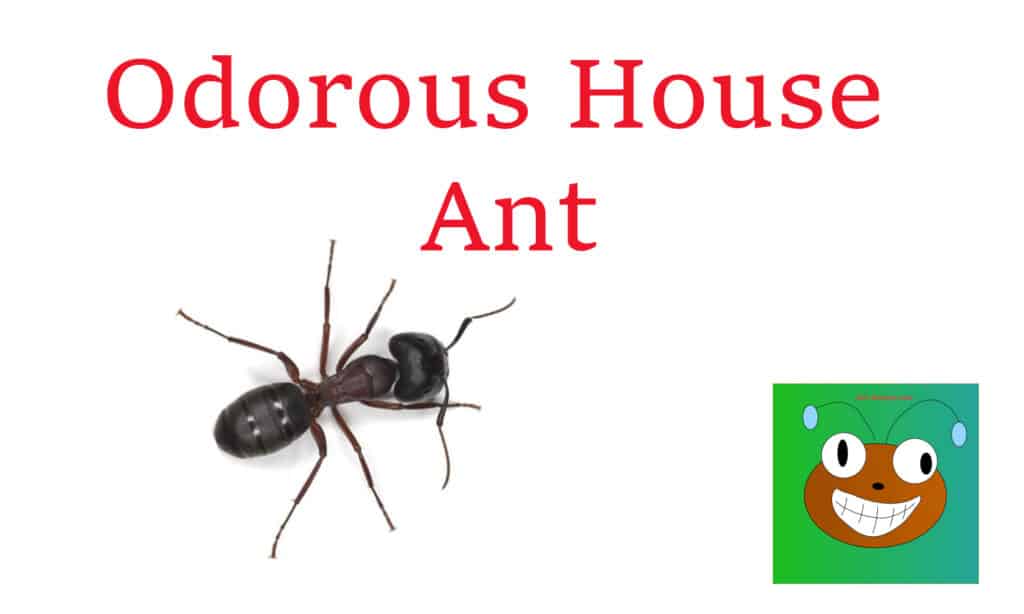
Additionally, they have antennae that resemble a long stick.
Crushed, odorous house ants produce a pungent, rotten coconut-like stench that gives these insects their name.
Odorous house ants build their nests indoors next to moist areas, such as heaters, heater cavities along hot water pipes, under leaking fixtures, and on termite-damaged wood.
Outside, odorous ants are frequently discovered on bare soil or beneath firewood piles. Odorous house ants enjoy eating sweets and particularly enjoy consuming honeydew.
Occasionally, they eat other things, such as pet food or insects. Approximately tri-monthly, they often relocate their nests because of rain.
They create new colonies following mating flights at the end of spring and summer.
Colonies are also split by the budding process, in which a queen leaves her nest with some workers to start a new colony elsewhere.
Pavement Ant
The head and thorax of pavement ants are marked with grooves, the thorax being the only part of the body-bearing spines.
Their size is usually between 2.5 and 3 mm in length.
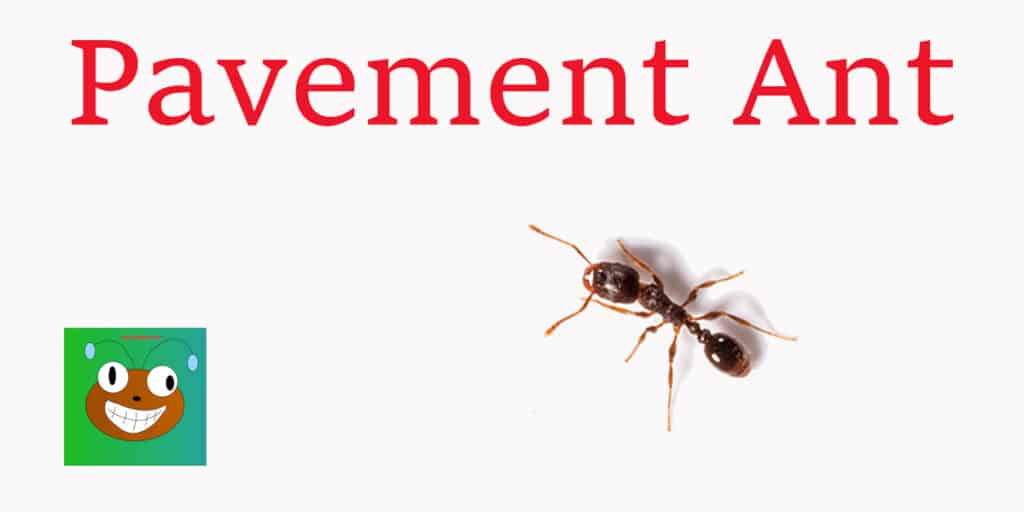
Pavement ants get their name because they typically make their nests under roadways, building foundations, and sidewalks.
Therefore, an area of disturbed soil near a paved surface is likely the result of pavement ant activity. Pavement ants may build their nests inside buildings near a heat source, mainly during winter.
These trailing ants consume many items, including honeydew from aphids, oily foods, seeds, and dead insects. Pavement ant colonies include up to 4,000 workers comprising several queens.
The queens are much bigger than the workers, going upwards of 9 mm in length.
The drones and young queens searching for partners are frequently spotted on nuptial flights during the end of spring and the start of summer. Drones and queens that reproduce have wings.
Pharaoh Ant
Another smaller and at about 2.4 mm (1/16 Inches), and interestingly the males and worker ants are actually the same size (not the Queen).
This ant can quickly become a nightmare if it infests your home, as it can survive even the most advanced household pest control attempts.

These ants will eat everything and are well known for infesting hospitals and other large corporate buildings that offer a cafeteria.
Because these ants don’t need soil or other substrates to create nests, they can infiltrate a building and start building out a home anywhere.
These ants do not care where they put their nest and have been seen nesting in everything from electrical wiring to underground sewage systems.
A unique (and sad) fact about Pharaoh Ants is that they have been caught feeding on the flesh of burn victims and are known for transferring diseases within hospitals.
Thief Ant
Among the tiniest species of domestic ants is the thief ant. They received their name because they tend to build their nests near or inside those of other ant colonies, which they subsequently raid for food and eggs.
Although they can have numerous queens and thousands of workers, their colonies are typically smaller than other ant species.
While they have different traits, thief ants and pharaoh ants can frequently be mistaken.
Due to their preference for fatty meals and sweet delights, these ants are sometimes called grease ants or sugar ants.
The majority of the Eastern US is home to this species.
The bodies of thief ants range in color from light brown to pale yellow. They are usually 1.5 mm – 2.2 mm in size. Their body is irregularly shaped, with their thorax appearing to lack spines. But their waist comprises two nodes.
Little Yellow Ant
A subspecies of Plagiolepis is the tiny yellow ant or Plagiolepis alluaudi.
It is set apart from most other little yellow kinds of ants and is acknowledged as a common exotic species.
It’s also termed Alluauds little yellow ant in honor of Charles A. Alluaud.
A typical Plagiolepis alluaudi measures 1/16 inches in length, has 11 antennal sections, appears yellow, and has a spherical head.
The oblong-headed P. exigua is also the sole yellow ant within the genus Plagiolepis.
It is currently unknown if Plagiolepis alluaudi bites or stings people. However, this ant species can spread illness and may pose a hazard to commercial crops such as oranges.
Developed colonies are challenging to exterminate.
However, setting out ant baits may eliminate some in an extensive settlement at once.
In addition, these ants have been seen devouring sweet items within human dwellings.
